10 Budget-Friendly Fashion Tips That Help You Stay Stylish for Less
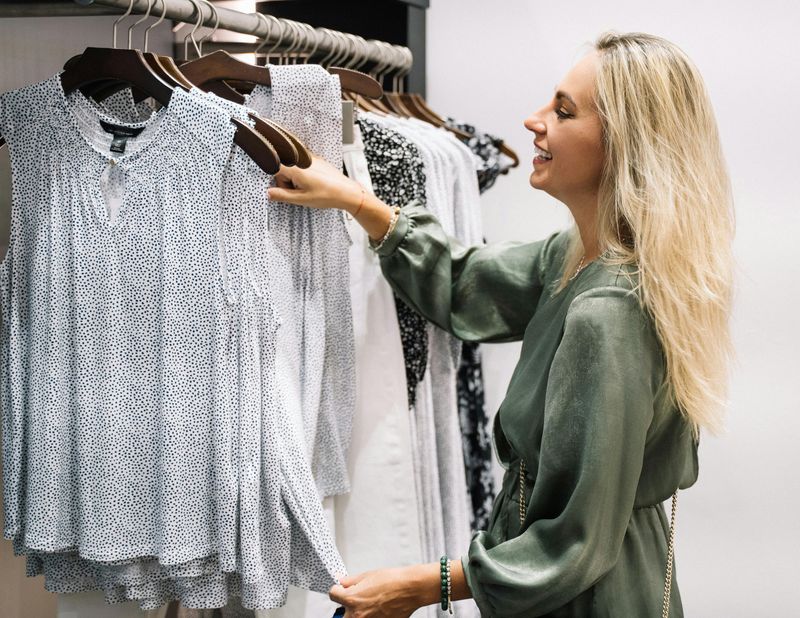
Looking fashionable doesn’t have to drain your bank account. With some clever shopping strategies and wardrobe management, you can dress impressively while keeping your finances intact. Smart style choices allow you to express yourself without the premium price tag. Ready to upgrade your look without the financial stress? These budget-friendly fashion tips will transform how you shop and dress.
1. Master the Art of Thrift Shopping
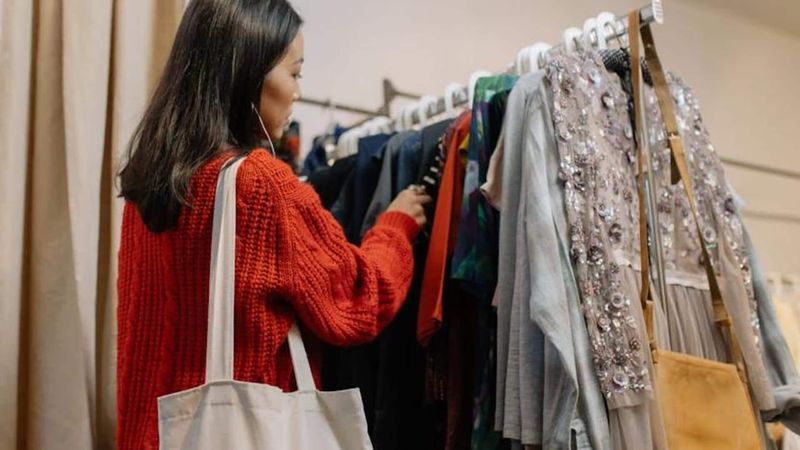
Thrift stores are treasure troves of unique fashion finds at a fraction of retail prices. Many items still have original tags, while others are barely worn designer pieces waiting to be discovered.
Dedicate time to browse thoroughly—the best finds often require patience. Focus on quality materials like wool, silk, and genuine leather that would be expensive new but are affordable secondhand.
Bring a friend with honest opinions, and always try items on since sizing varies widely in secondhand clothing. The thrill of finding that perfect $5 cashmere sweater or vintage leather jacket makes the hunt worthwhile.
2. Build a Capsule Wardrobe
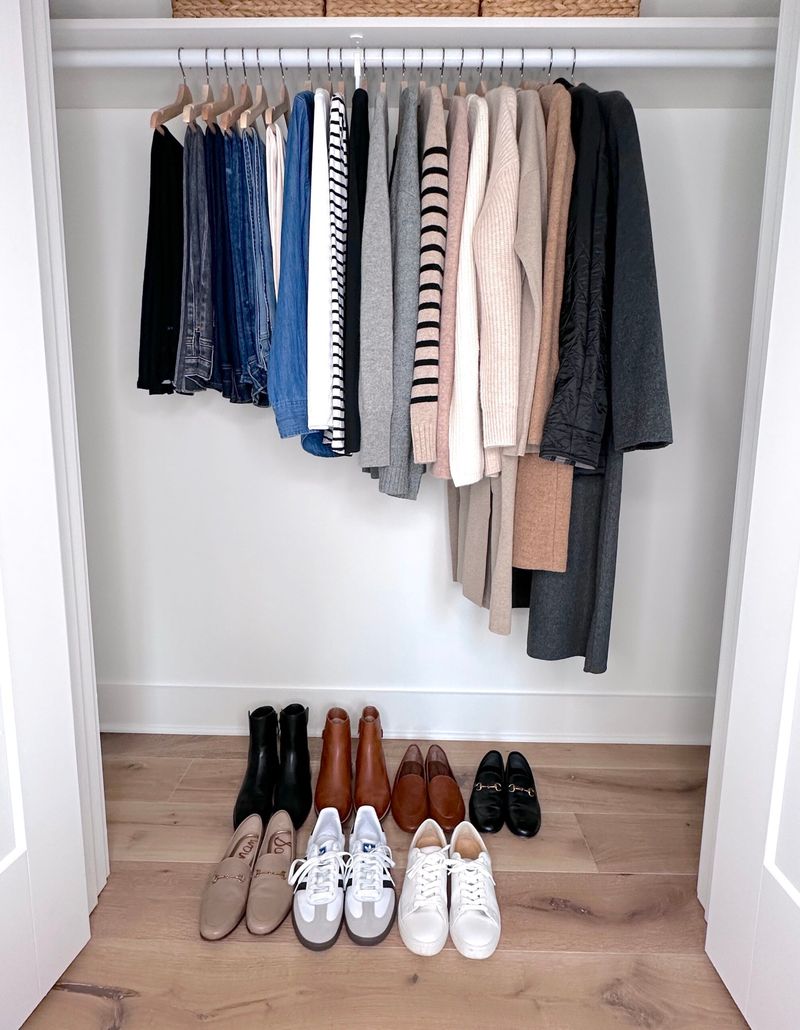
A capsule wardrobe consists of versatile, timeless pieces that mix and match effortlessly. Start with basics: well-fitting jeans, neutral t-shirts, a crisp white button-down, and a classic blazer.
Quality over quantity is the golden rule here. Investing in fewer, better-made items actually saves money long-term since they won’t need frequent replacement. Choose pieces in complementary colors to maximize outfit combinations.
With just 20-30 carefully selected items, you can create hundreds of different looks. This approach reduces decision fatigue, saves closet space, and prevents those impulsive purchases that often hang unworn with tags still attached.
3. Become a Sale Season Strategist

Retail sales follow predictable patterns throughout the year. Winter items hit clearance in January, while summer styles go on sale in August. Mark these dates in your calendar and plan big purchases accordingly.
Sign up for newsletters from your favorite brands to get early sale notifications and exclusive discount codes. Many stores offer additional savings for first-time subscribers.
Avoid impulse purchases even during sales by making a wish list beforehand. Ask yourself: “Would I buy this at full price?” If not, it’s probably not worth buying at all. Remember, a 70% discount on something you’ll barely wear isn’t actually saving money.
4. Learn Basic Clothing Alterations
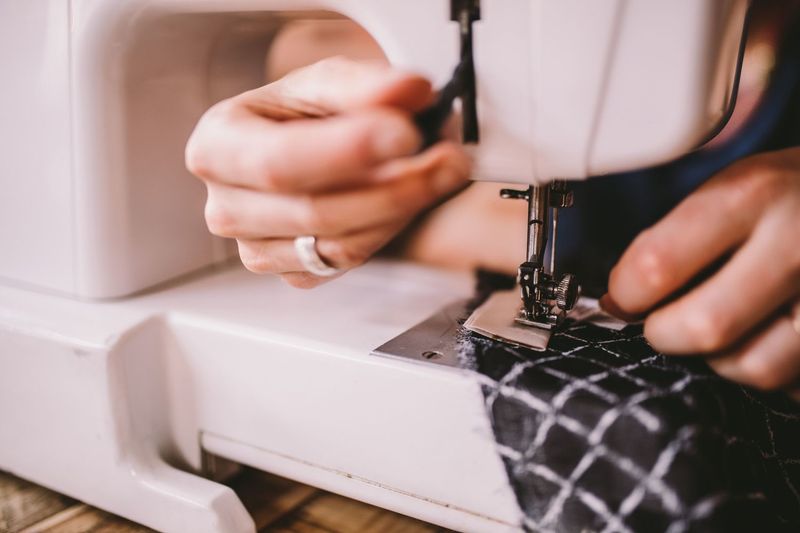
Simple sewing skills can transform ill-fitting bargains into perfect wardrobe staples. Hemming pants, taking in a waist, or replacing buttons are surprisingly easy to learn through online tutorials.
A basic sewing kit costs under $20 and will save hundreds in alteration fees over time. Start with small projects like fixing loose seams or shortening overly long shirts.
For complex alterations on special items, research affordable local tailors. Even paying $15-20 for professional tailoring on a $30 thrifted blazer gives you a custom-fitted garment at a fraction of retail price. Well-fitted clothing, regardless of price, always looks more expensive than poorly fitting designer items.
5. Host Clothing Swap Parties

One person’s fashion fatigue is another’s fresh find! Gather friends with similar sizes but different styles for an afternoon of trading unworn items. That dress you’ve tired of might be someone else’s new favorite.
Make it fun with snacks, music, and full-length mirrors. Establish simple ground rules: items must be clean, in good condition, and something you’d genuinely give a friend.
Beyond the free wardrobe refresh, these events build community and reduce waste. For leftover items, organize a group donation to a local shelter. You’ll clear closet space, discover new pieces, and experience the satisfaction of giving unwanted clothes a second life—all without spending a dime.
6. Invest in Statement Accessories
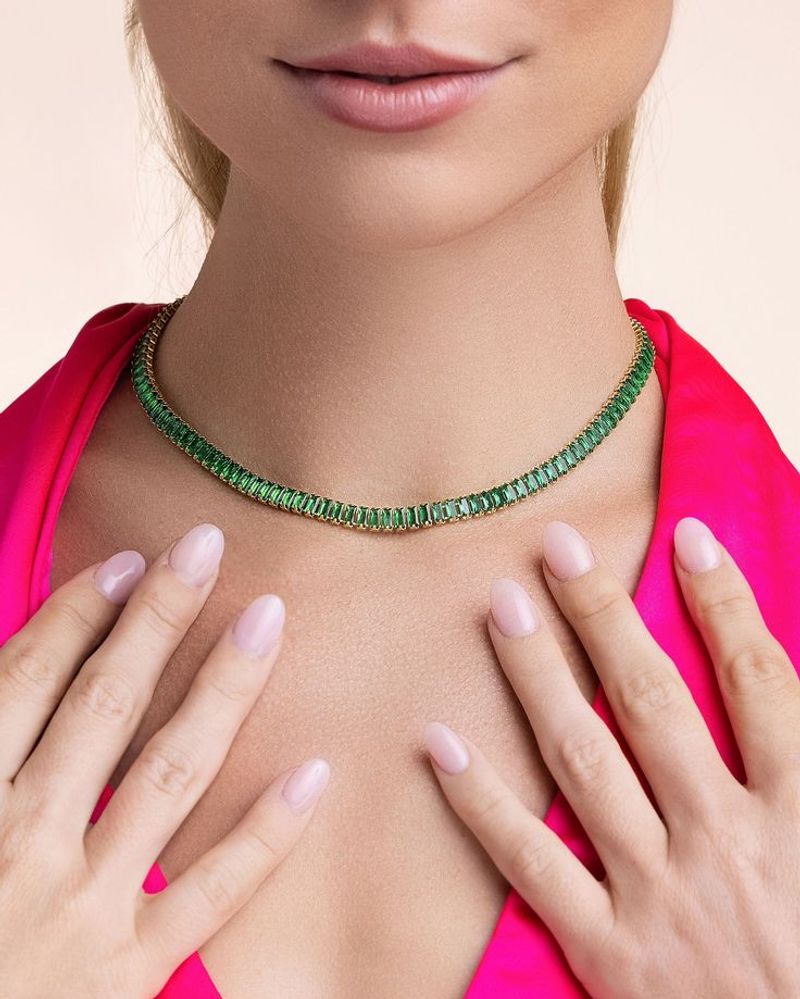
Accessories transform basic outfits into fashion statements at minimal cost. A bold necklace, patterned scarf, or unique belt can make the same simple dress look completely different each time you wear it.
Quality accessories often cost less than clothing while making more impact. They’re also less size-sensitive, making them safer long-term investments as your body changes.
Rotate accessories seasonally to keep your look fresh. Colorful pieces brighten winter neutrals, while minimal jewelry complements summer patterns. Even a $5 vintage brooch or thrifted silk scarf can elevate a basic t-shirt and jeans into something special that draws compliments and boosts confidence.
7. Practice Smart Fabric Care
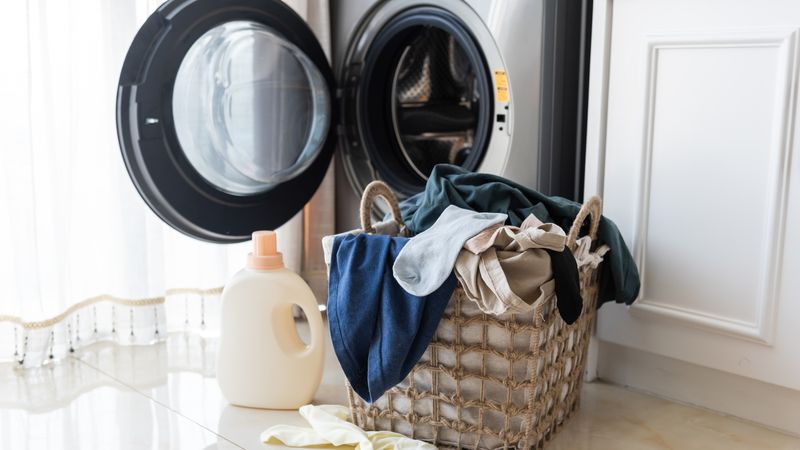
Proper garment care extends clothing life, saving replacement costs. Read care labels before purchasing—dry-clean-only items quickly become expensive to maintain.
Wash clothes in cold water whenever possible and air-dry delicate items to prevent shrinking and fading. Turn jeans and printed clothing inside out before washing to preserve color and detail.
Invest in wooden hangers for structured pieces and fold knits to prevent shoulder bumps. Small repairs made early prevent bigger damage later—catch loose threads before they become holes. A $3 sweater comb removes pilling from knits, instantly refreshing older pieces. These simple habits can double or triple the lifespan of your favorite items.
8. Embrace Affordable Fashion Rental

Fashion rental platforms have revolutionized special occasion dressing. Why spend $200 on a dress you’ll wear once when you can rent it for $30? Many services now offer everything from everyday wear to designer pieces.
For job interviews, weddings, or milestone events, rentals provide access to high-quality items without the investment. Some platforms even let you test-drive items before purchasing, ensuring you truly love pieces before committing.
Consider splitting a subscription with a similarly-sized friend to maximize value. Take detailed measurements before ordering to ensure proper fit, and always book well in advance for special dates. This approach keeps your style fresh while keeping both closet space and spending in check.
9. Follow the One-In-One-Out Rule

Implement this simple but powerful budgeting habit: for every new item that enters your wardrobe, one must leave. This creates natural spending limits while preventing closet overflow.
Before each purchase, identify what you’ll remove—this forces honest evaluation about whether you truly need that new item. Often, the realization that you’d have to part with something you love makes you reconsider impulse buys.
The rule naturally guides you toward quality over quantity. Sell outgoing pieces through consignment shops or online platforms to fund new purchases. Beyond the financial benefits, this practice creates a constantly curated collection where every item earns its space through regular wear and genuine enjoyment.
10. Discover the Magic of Wardrobe Remixing

Challenge yourself to create new combinations from clothes you already own. Layering pieces in unexpected ways—like wearing dresses over pants or belting oversized shirts—creates fresh looks without spending.
Photograph successful outfits for future reference. On days when nothing seems to work, these personal lookbooks provide instant inspiration. Try the 30×30 challenge: select 30 items and create 30 different outfits over a month.
Switch seasonal perspectives too. Summer dresses become fall layering pieces with tights and cardigans. Experiment with tucking, rolling sleeves, or adding belts to change proportions. This creative approach not only saves money but often results in your most complimented outfits and strengthens personal style.

Comments
Loading…